The durability and beauty of natural wood aren’t debatable, but MDF is a great alternative for natural wood on the other spectrum. Though many people have heard about MDF, many are not sure how to appropriately use this material and if this building component is durable.
Is MDF wood durable? We suggest that you read on to gain insights and answer this question. MDF is crafted from reprocessed fiber material that’s compressed with resin under intense temperature. MDF elements are more affordable and eco-friendlier. If you’re not yet completely familiar with MDF, we will help you learn more about this material, its versatility, durability, and other beneficial features.
Get Yourself More Familiar with Medium-density Fiberboard or MDF
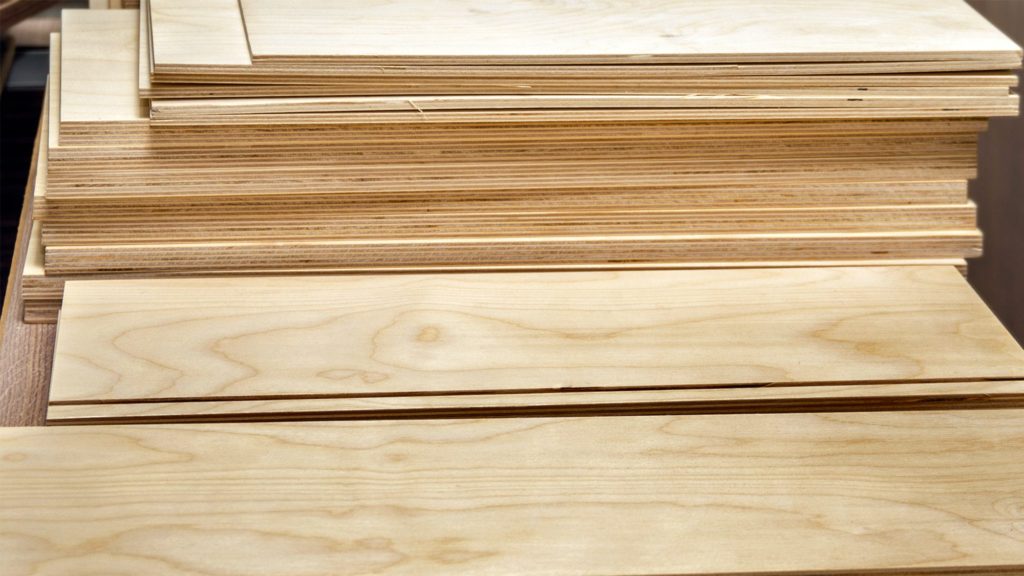
While many have probably heard about MDF or already used this material, some don’t know precisely what MDF is. MDF is prevalent material for both building projects and DIY however, misunderstood in terms of quality and durability.
Medium-density fiberboard or MDF is a common material used in furniture making, cabinetry, and molding. This is an inexpensive but exceptionally flexible material and an excellent choice for several applications. MDF can be shaped, cut, or painted, making this ideal for various decorative projects. This material is crafted from fine wood chips hard-pressed and resin or glue. The process is done under extreme pressure and high temperature. The final products are durable sheet materials that are easy to work with.
Aside from being versatile and durable, MDF is also cost-effective and best for use on storage cabinets, decorative projects, and shelving. MDF comes in different ranges of colors and the procedures of working with this material is almost like plywood and other types of woods. This also delivers a smooth surface making this material ideal for painting.
How Many Years Does MDF Last?
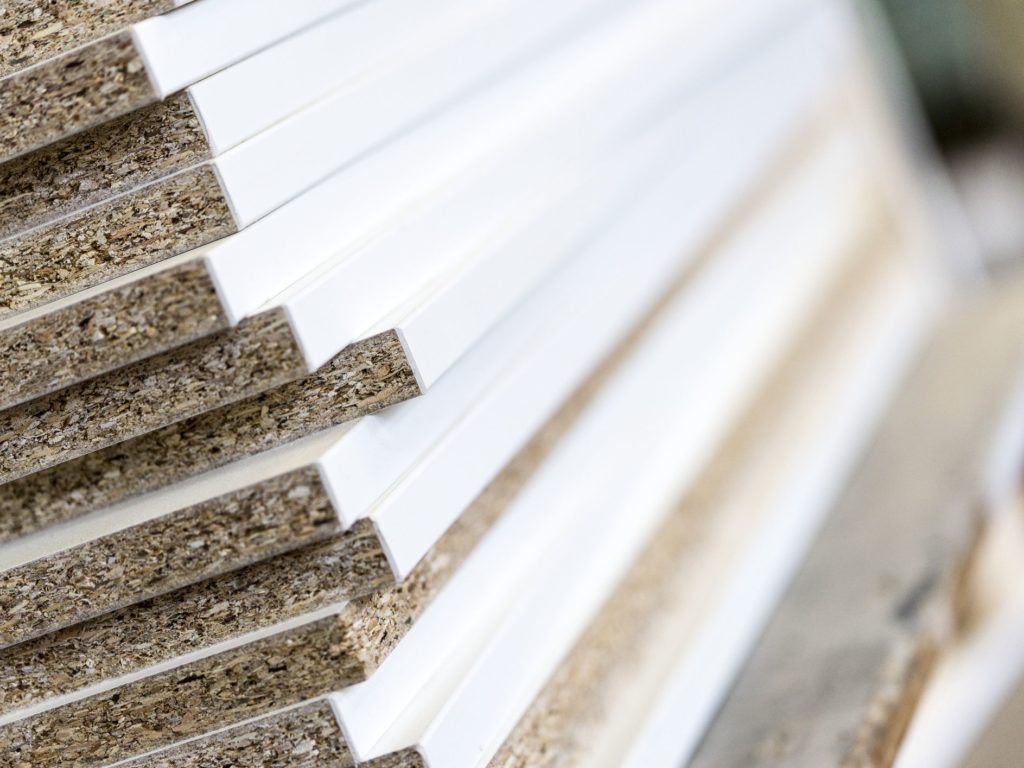
MDF remains in top condition for up to ten long years. Particleboards can even last for 25 years. Particleboards are low-density fiberboards made from smaller pieces than medium-density fiberboard. High-density fiberboards, called hardboards, utilize more pressure and heat than what is needed to make MDF, thus making them expensive but strong.
However, there are pieces of information that tell that MDF’s lifespan can last 14 to 20 years. MDF might be cheaper than solid wood; however, it’s strong and can last for long years, especially with proper maintenance.
During the earlier years, MDF was less durable as compared to solid wood. However, manufacturing and technology have evolved and progressed. MDF woods and boards are now as durable as natural woods. Varied types of engineered woods depend on the board’s consistency, size, type of fibers, and glue used.
Painted MDF is also durable. Since this comprises wood fibers and no noticeable wood grains, knots, or rings, this material suits painting. It can’t be denied that MDF offers a highly durable and robust product that is often used in manufacturing furniture and cabinets.
Is MDF Wood Durable than Plywood?
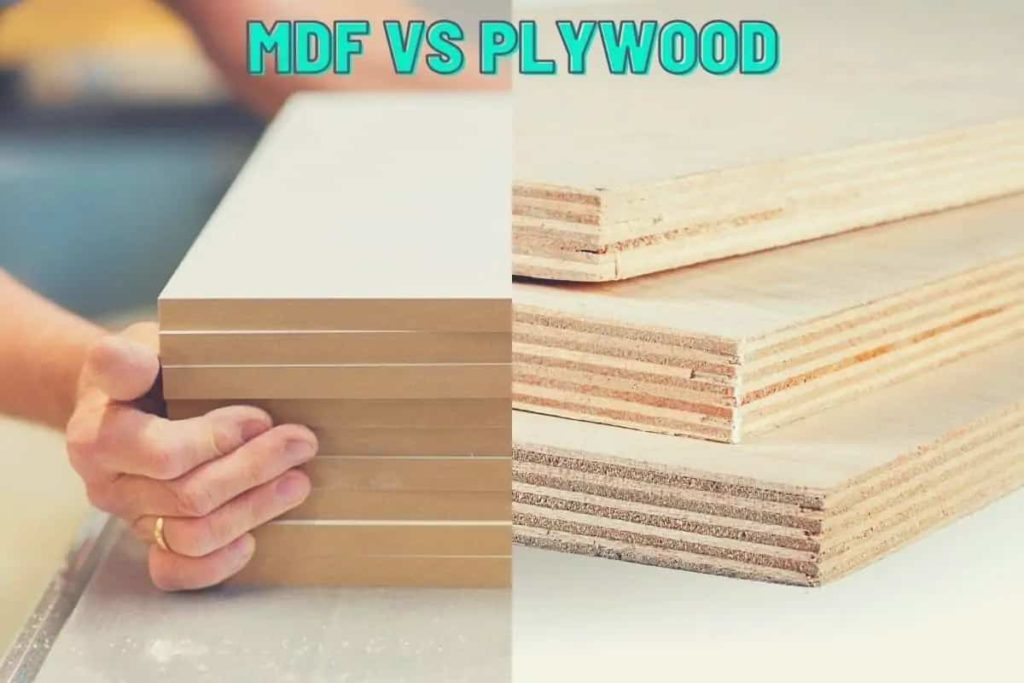
Is MDF wood durable than plywood? Which material is better for your home? These materials may be found in many homes, but MDF wood and plywood are not interchangeable. Both are frequently used in building modular and kitchen furniture. Plywood and MDF have their own sets of pros and cons. We will provide you with extra information to know if MDF wood is more durable than plywood.
Like the MDF, plywood is also an engineered wood created by combining the veneer wood sheets to form a single solid piece. Unlike MDF, it has wood grains but lacks other imperfections. Plywood sheets are offered in different grades thus you can select the right grade that best suits your requirements. There is low-grade and high-grade plywood available, wherein the former is often used in home flooring while the high-grade is ideal for shelves and cabinets.
MDF wood is composed of small wood fibers combined with the use of wax to create a panel through application of high temperature and pressure. MDF is engineered by breaking down the softwood and hardwood composites. Other points of comparison are highlighted below:
- MDF is commonly cheaper, while plywood is expensive. The higher the grade of the plywood, the higher its cost.
- MDF wood’s surface is smooth and a great base in case you plan to paint it, while plywood displays the surface in its layers. Plywood also needs to be finished well with decorative moldings or timber.
- Due to MDF’s smooth edges, it’s easier to cut and sculpt carve designs out of this material. On the other hand, it’s hard to carve out designs on plywood, and it’s challenging to get the perfect and smooth cuts on this material.
- MDF is more durable, denser, and more robust. Plywood can splinter easily, and its layers have edges, so there can be voids if not cut the right way.
So, between plywood and MDF, which will you use. If it’s for indoor purposes, MDF is the best choice. You can use this as furniture or decorative channels. MDF is also an excellent choice for drilling, machining, and cutting since this material does not chip easily.
Other Advantages of MDF Aside from Its Durability
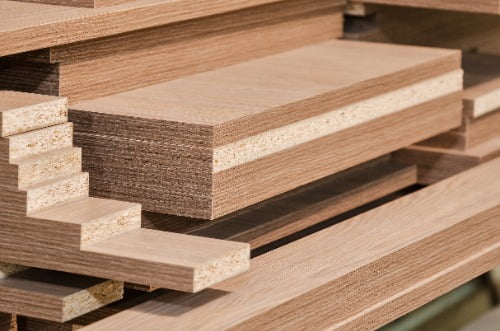
You can use MDF because it is durable and withstand typical wear and tear. But aside from durability, MDF delivers more advantages such as:
- Size Selection – there are different sizes of MDF available ranging from 2mm-60mm in thickness. With varying thickness measures, you can obtain wood thickness for load-bearing works.
- Cost-The cost of MDF is relatively lower than the cost of natural wood.
- Consistent material – As compared to solid woods, MDF wood has no directional grains paving the way for its consistency. These unique features make MDF perfect for cutting to intricate details without splinting.
- Smooth surface – during MDF manufacture, materials are ultimately pressed together to get smooth and flush boards. The smooth surface makes MDF appropriate for applying veneers and paint.
- Minimal to no warping issues – MDF are not significantly affected by the changes in the weather. It evenly contracts and expands with no grain opposition.
Conclusion
MDF’s strength, water-resistant features, versatility, inherent structure, and good finish all play a significant role in making this material highly durable. If you’re searching for durable and versatile materials for your home project, MDF is a great choice and solution.
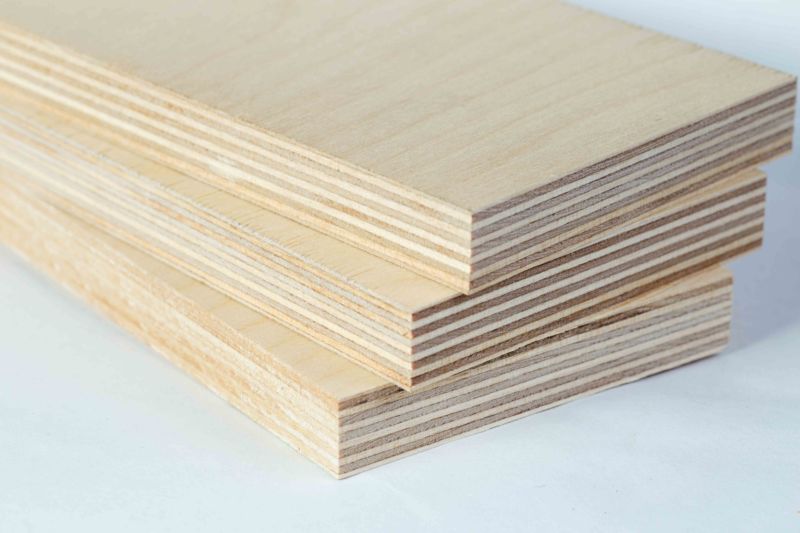
Leave a Reply